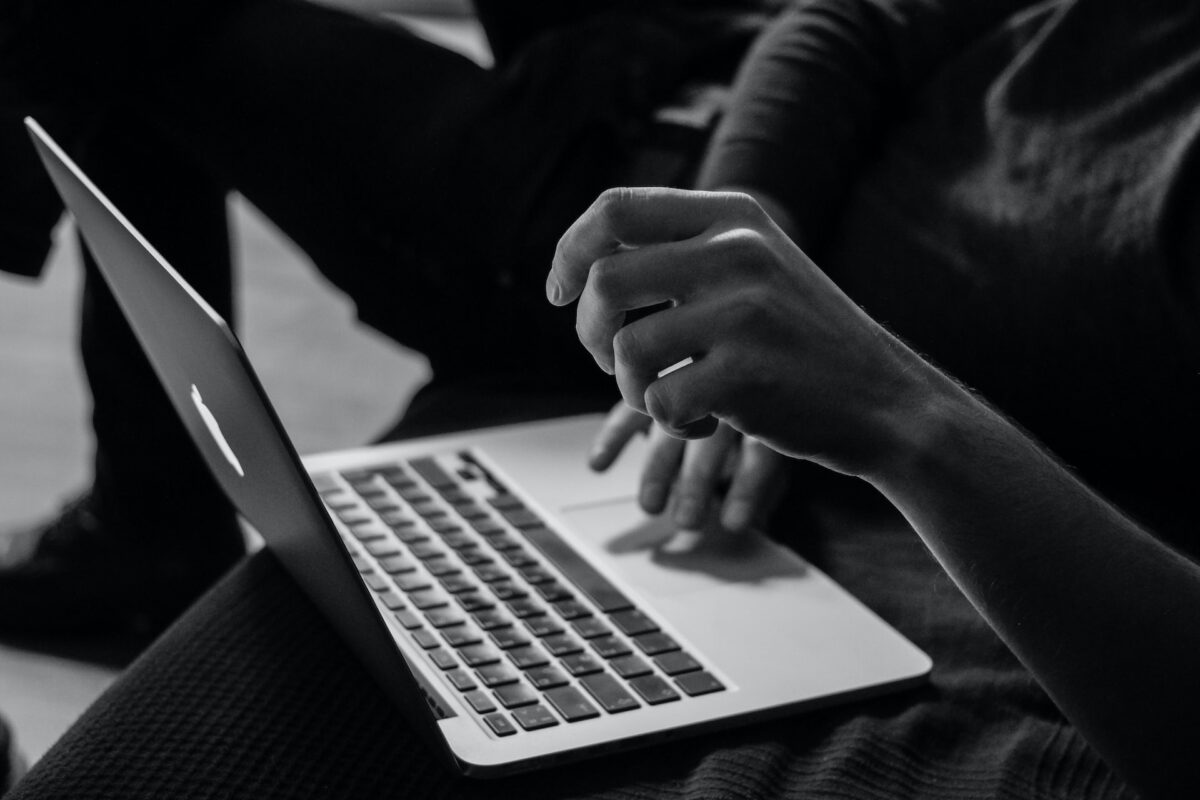Trackpads are an integral part of desktop computers. You cannot use keyboard shortcuts to interact with a graphical user interface as you can with a mouse. Neither Macs nor PCs will function without a trackpad. Mac trackpads do not respond to gestures like mice and trackpads do.
So, is your MacBook trackpad also not working correctly? This article describes how to resolve MacBook trackpad problems.
What is the problem with my trackpad?
Your MacBook Pro trackpad may not be working, and there may be a simple solution to the problem. Let’s find out why your MacBook Pro trackpad may suddenly become unresponsive.
Adding an external trackpad or mouse to your Mac is the easiest way to fix a malfunctioning trackpad on a MacBook.
You should update your macOS version first. Click on this Mac in the menu bar, and then select ‘software update’ from the Apple logo. Download the latest firmware if it is available for your Mac.
In some cases, MacBook trackpads will not click because of the macOS version it is running or because an app is causing problems. You may also be overworking your system, which causes your trackpad to malfunction.
Finally, your settings may be responsible, especially if an application has altered them without your permission.

Can you fix the trackpad on your MacBook?
If your Mac’s trackpad becomes unresponsive, you have six options for diagnosing and fixing the problem. Otherwise, you can consult a MacBook repair expert in Delhi like Toughees Telecom. However, you can try these fixes:
1. Review the system preferences
Mac users can also update their systems via preferences, but it’s unnecessary. Here’s how:
- The Apple logo can be found in the top left corner of the Mac’s menu bar.
- Go to “System Preferences”
- Click on “Software Update”
- Update your Mac OS version if prompted.
2 Turn off force-clicking
The MacBook’s trackpad offers two types of interaction: force clicks and taps to click. In both cases, you must press your trackpad firmly to receive a response. You can tap the trackpad to select items, but force-clicking requires pressing firmly enough to hear (and feel) a click.
If you are tapping instead of clicking, you may be experiencing difficulties. You can toggle it as follows:
- Go to the Mac menu bar and select the Apple logo
- Choose “System Preferences”
- Click on “Trackpad”
- Turn off “Force Click and haptic feedback” under “Point & Click.”
If you select the “Click” slider under this heading, you will be able to adjust how intensely you need to press your trackpad to trigger a response.
3. Reset the trackpad
You can reset the trackpad on your MacBook Pro without much difficulty. The only thing you’re doing is resetting your MacBook’s trackpad to factory settings.
Each of us has tweaked our trackpad settings to suit us. This could have caused issues in the background that caused the trackpad to be unresponsive. Follow the steps above to get to the “Trackpad” section of System Preferences.
Make sure “Tap to click” isn’t checked, and make sure “Scroll direction: Natural” is selected under “Scroll & Zoom.” This should return your trackpad to its default state.
4. Reset the NVRAM or PRAM
Resetting the NVRAM and PRAM can resolve many nagging issues, and you can do it anytime. Newer Macs automatically reset NVRAM with Apple’s native processors, so NVRAM resets cannot be performed on Intel-based Macs.
There are several ways to reset NVRAM on Intel Macs:
- Shut down your MacBook
- Wait for 30-60 seconds
- Turn your MacBook on
Whenever the MacBook screen comes on, hold down the option, command, P, and R keys. You’ll hear a startup sound after you hold the keys for 20 seconds. Let your MacBook boot generally after you release the keys.
5. SMC reset
There is a different reset protocol for each MacBook. M1 Macs don’t have SMC, so newer Macs will handle this setting.
Follow these steps if your MacBook was introduced in 2017 or earlier:
- Shut down your MacBook completely
- Hold the shift, control, and option keys while the MacBook is off
- Press and hold the power button while holding those keys
- Release all four keys after ten seconds
- Boot the MacBook by pressing the power button
Follow these steps if you have an Intel MacBook 2018 or later (with a T2 security chip):
- Unplug your MacBook from any power source and shut it down
- Plug in the MacBook after 15 seconds
- Press the power button on the MacBook and wait five seconds.
6. Check Apple’s diagnostics
A simple diagnostic check can be done when you turn on your MacBook. How it works:
- Remove all external devices and connect your MacBook to the power supply.
- Make sure your Mac is completely shut down
- Turn on the Mac while holding down D
- You’ll see a screen asking for your language preference. Press the D key to select it
- Give the diagnostics a chance.
Get Professional Support
If a hardware issue is detected during the Apple Diagnostics test, or you’ve tried all of the fixes above and your MacBook trackpad still isn’t working, it’s time to get help from a MacBook Trackpad Service Provider. You can reach Toughees Telecom. If you have any problems with your Mac devices, we strive to provide a pleasant, affordable solution. We treat these devices like our own. Also, you do not want the repair process to be expensive, so we make the pricing as affordable as possible. Contact us to know more. Please give us a call at 7289895689 if you need more information about our services.

